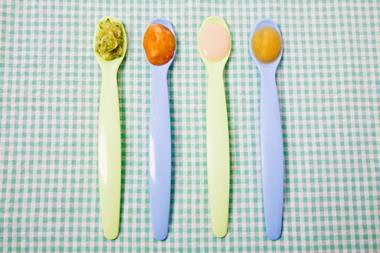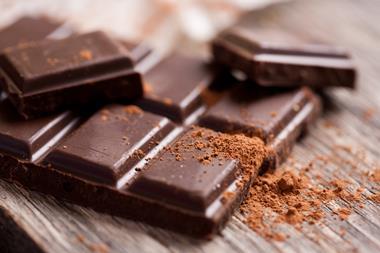The EU has set new limits on the heavy metal in your food
Cadmium is toxic to humans. Currently, the average exposure to cadmium in Europe is close to or slightly above what is deemed safe for health. In January, the European Union introduced limits on cadmium in chocolate. So what are the rules, and why are things changing?
Why is the EU concerned about cadmium?
Cadmium is toxic to kidneys. It can also cause mineral loss in bones and is linked to cancer in the kidneys, lung, bladder and breast. The metal tends to stay in the liver and kidneys, with a very long biological half-life (the time it takes for half of the amount to leave the body) of 10–30 years.

In Europe around 90% of cadmium exposure in non-smokers comes from diet, mostly from potatoes, breads, bakery goods, chocolate products and leafy vegetables. Countries in the EU sample and analyse products to verify that cadmium concentrations do not exceed the maximum levels set down in EU legislation.
The European Food Safety Association (EFSA) recommends a tolerable weekly intake of 2.5μg/kg. Currently, the average weekly exposure is around 2μg/kg in adults, but around 3.9μg/kg in children and 4.9μg/kg in toddlers. The limits are thus being lowered to cut down exposure.
So what are the limits?
These vary depending on the foodstuff. Maximum levels are in place for foods such as cereals, vegetables, meat, fish and nutritional supplements. More stringent levels for baby food came into force in 2015.
Previously chocolate products didn’t have a cadmium limit; from 1 January this changed. Four upper limits for cadmium in chocolate are to be enforced. The strictest applies to chocolate usually consumed by children (0.1mg/kg), while darker chocolate has higher maximum levels (0.8mg/kg). Regulation was delayed for five years to allow producing countries and the chocolate industry to prepare.
How does cadmium get into chocolate?
Cadmium is in soil, and so gets absorbed by roots of cacao trees, from which it travels to the plant’s leaves and beans. The more acidic a soil, the more cadmium available for roots. Most cadmium originates from weathered bedrock, so geology helps decide how much may end up in a chocolate bar. For example, some South American countries have volcanic soil and their cacao beans tend to have higher concentrations than cacao grown in say West Africa.
Cacao trees accumulate cadmium quite efficiently, so levels in beans and powder can be relatively high.
How well supplied the plant is with micronutrients, especially zinc, also matters. Research suggests cacao genetics plays a role – different cultivars of cacao are more or less prone to suck up cadmium.
Not all cadmium levels are down to nature. There are anthropogenic sources of cadmium in soil, including urban pollution, mining and the use of phosphate fertiliser.
Is there a way for producers or chocolate makers to minimise cadmium getting into chocolate?
Larger chocolate manufacturers can blend beans from different areas and dilute them with other ingredients. However, this is more challenging for single origin chocolate makers, however.
Growers can increase soil pH by adding lime, which will reduce cadmium uptake by trees. Adding zinc to soil also helps. Plant varieties less prone to taking up cadmium can also be grown, and some advocate breeding cultivars disinclined to take up cadmium. Microbial cocktails that might immobilise the heavy metal are also in development.
Acknowledgments
Thanks to Rainer Schulin at ETH Zurich, Switzerland, Marco Binaglia at the EFSA and Russell Flegal at University of California, Santa Cruz, US.












No comments yet